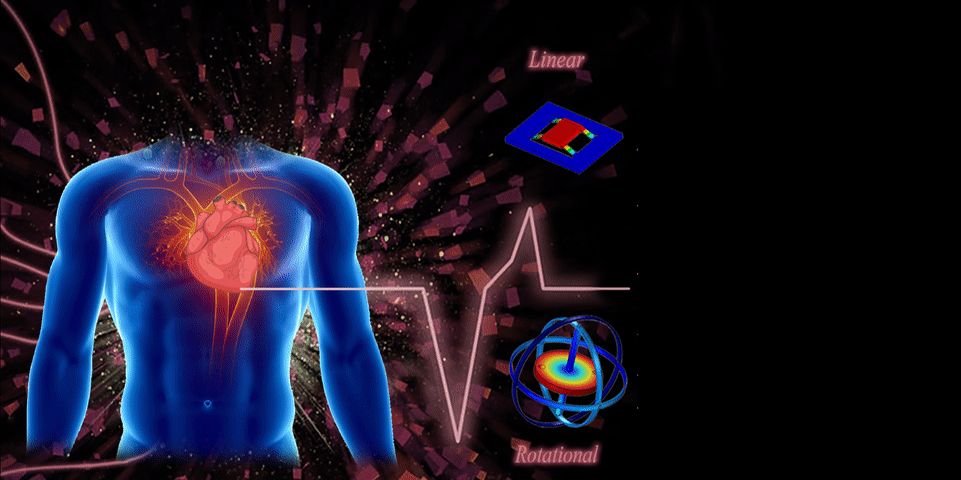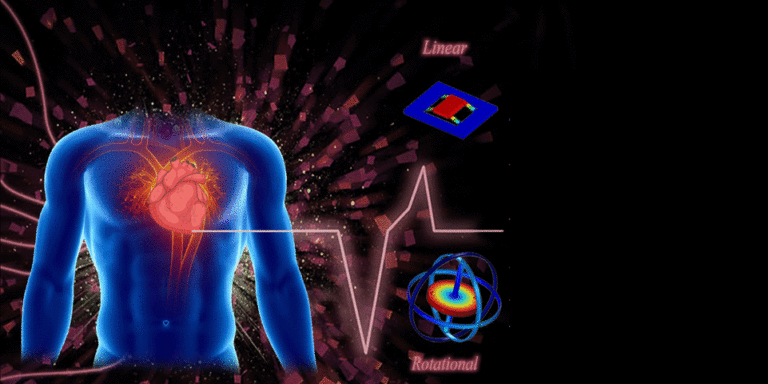
Seismo-cardiography (SCG) is the measurement of the linear components of heart-induced chest wall vibrations, generally recorded using miniature accelerometers. Recent studies have shown promising results regarding the potential of this modality for monitoring hemodynamic parameters. Complementary to seismo-cardiography, a modality named gyro-cardiography (GCG) has also been recently proposed. Gyro-cardiography is the measurement of the rotational components of heart-induced chest wall vibrations, and can be monitored using miniature gyroscopes. However, the relationship between the gyro-cardiogram signal and heart activities is still not clear. Furthermore, the identification and annotation of the gyro-cardiogram signal have not been presented so far. To address these challenges, we perform comprehensive analytical and statistical investigations of seismo- and gyro-cardiogram signals. Using impedance cardiogram (ICG) as the reference modality, a tentative method is proposed for the identification and annotation of gyro-cardiogram peaks. A mechanical model is also suggested to explain the coupling from the chest wall to the inertial sensors by combining the linear and rotational vibrations into a united spring-damping mechanism. Experimental results indicate a precise identification of systolic points from gyro-cardiograms such as the aortic valve opening and closure events. The left ventricular ejection time (LVET) and pre-ejection period (PEP) metrics are also shown to accurately track their corresponding trends acquired from impedance cardiogram signals. Waveform similarity analyses indicate that the first derivative of the gyro-cardiogram signal has a better similarity with the seismo-cardiogram signal than the gyro-cardiogram itself. It is also suggested that inter-device differences in gyro-cardiogram recordings would need to be addressed before this technology can gain widespread applications. The results of this work are of high value for future implementations of chest cardio-mechanical signals, leading to informative, robust, and non-invasive wearable cardiovascular monitoring systems.

